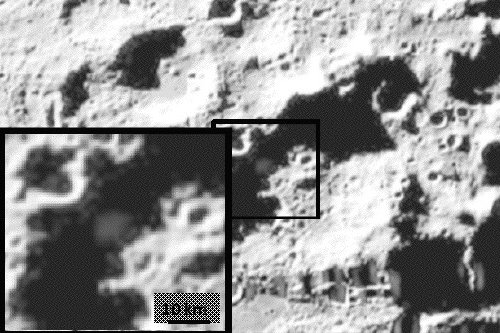There’s water on the Moon

The ejecta plume from the LCROSS upper stage 20 seconds after impact (NASA).
The big news in space last week was the announcement that the LCROSS probe, which along with its Centaur upper stage rocket smacked into Cabeus crater on October 9, has discovered water on the Moon.
Now, this isn’t exactly a surprise: the possibility of water is precisely why NASA sent LCROSS there. The idea was that water ice might persist in craters near the lunar poles that never saw sunlight. Water molecules don’t tend to survive on the lunar surface: sunlight tends to break water molecules apart. So the plan with LCROSS was to smack something big — i.e., the Centaur stage — into a crater they thought might contain water and then analyse the ejecta plume spectroscopically (before LCROSS itself crashed). The data revealed at least 100 kilograms of water vapour — which principal investigator Tony Colaprete called “a significant amount.”
Coverage: Astronomy; Bad Astronomer; Sky and Telescope; Universe Today.
The presence of water is everything from the perspective of setting up a permanent base: if there’s water on the Moon, you might not have to take it with you. It has implications not only for potable water, but also for generating fuel for fuel cells and rocket propellants: water ice from craters in permanent shadow could be electrolicized using power generated by solar cells set up on nearby mountains in permanent sunlight. It’s why talk of a permanent lunar base has generally assumed that it would be at the poles — because such talk assumed the existence of water at the poles. That may no longer be merely an assumption.